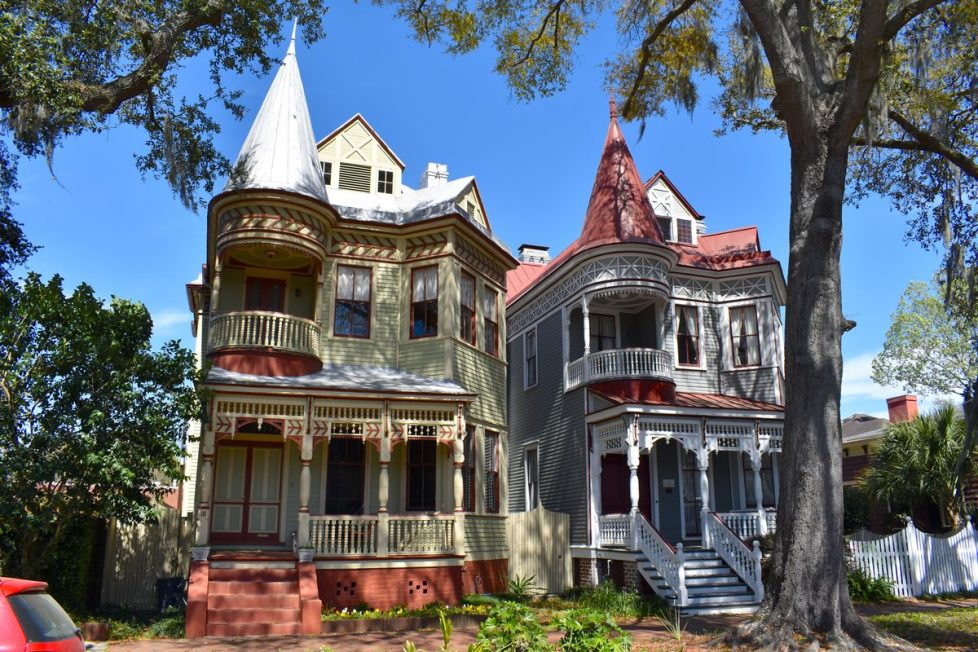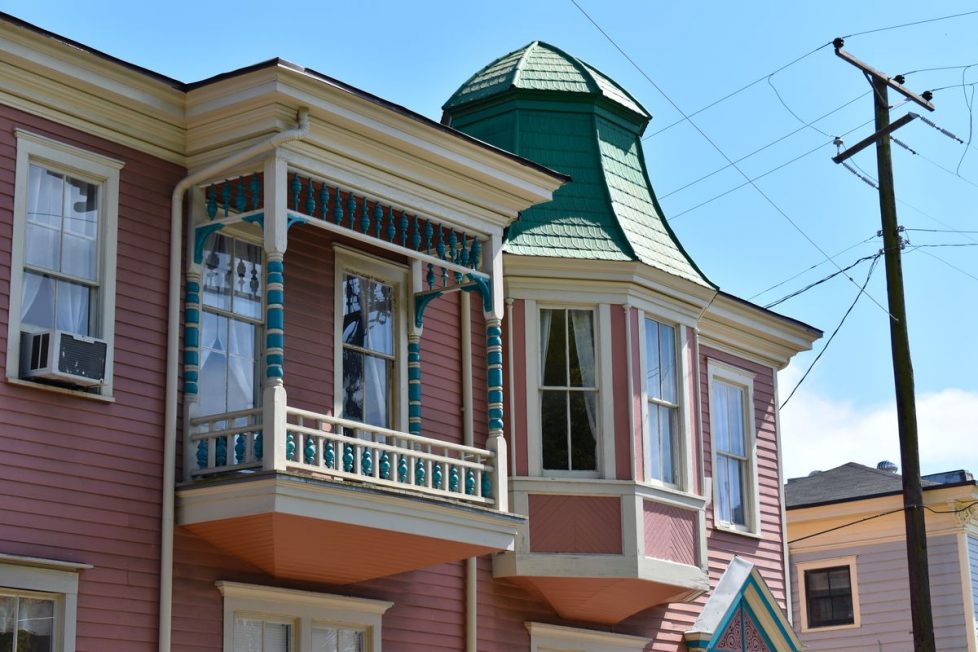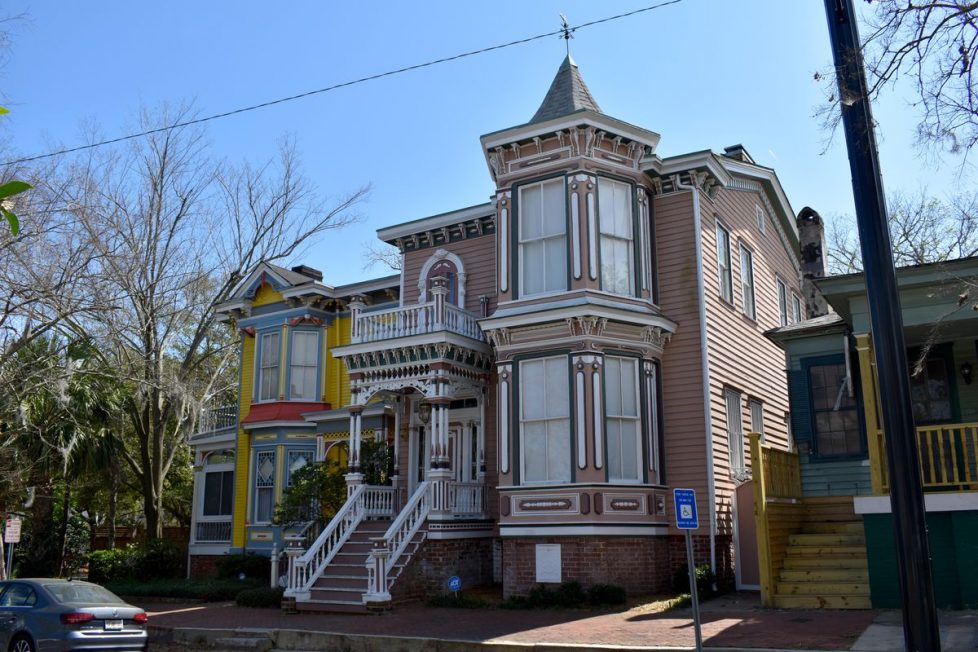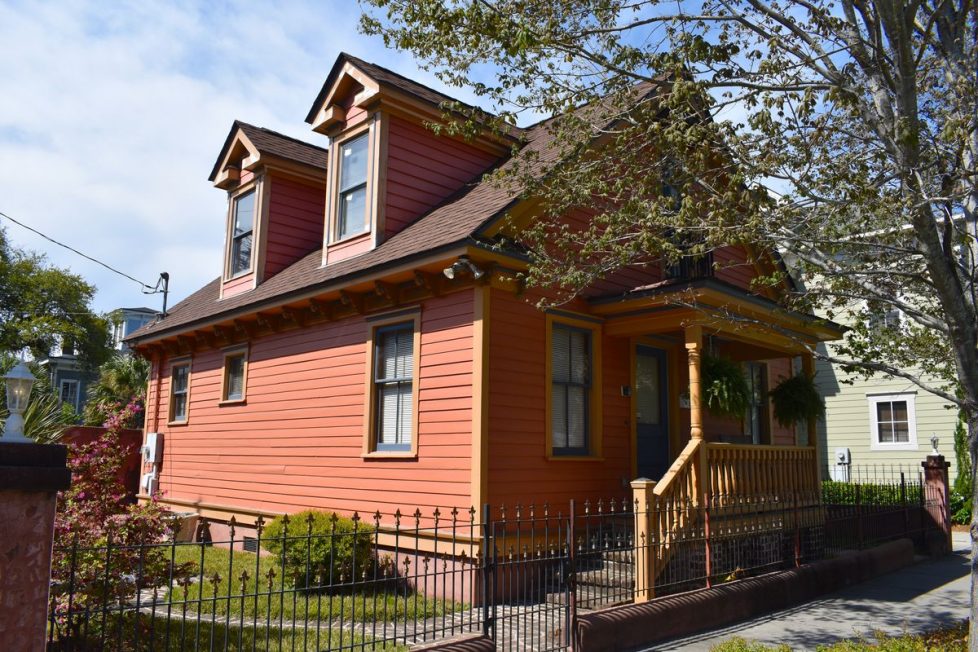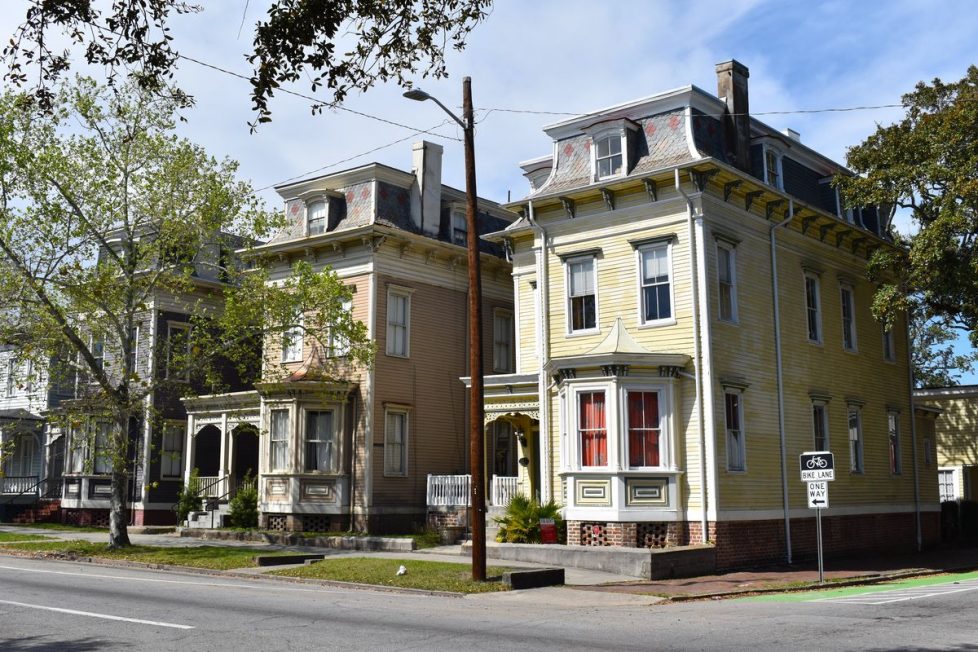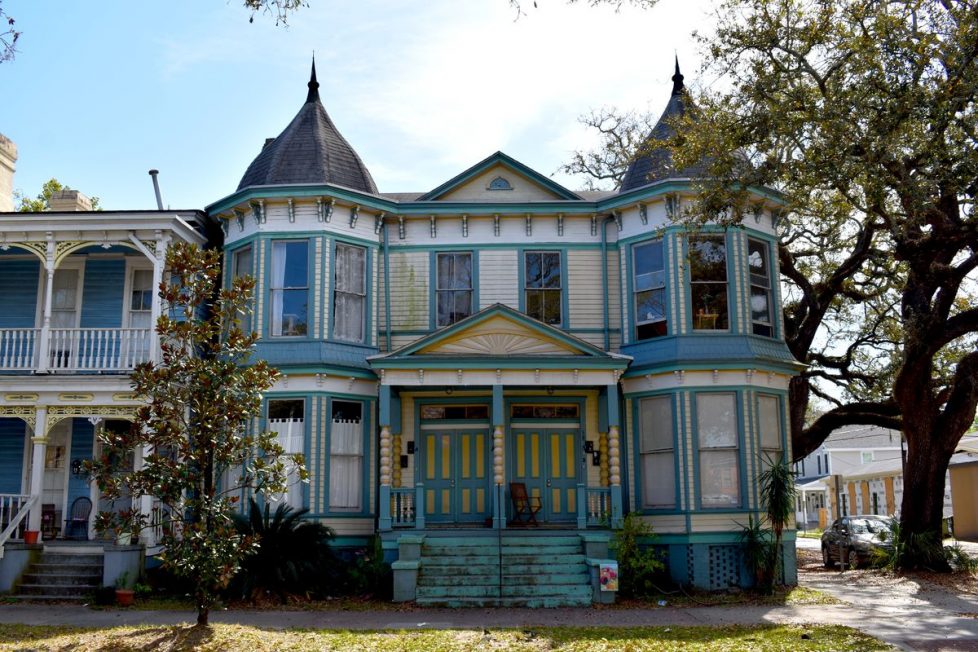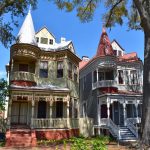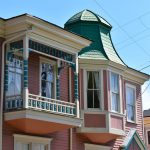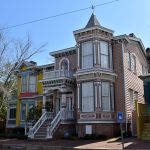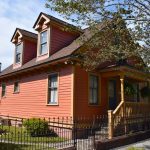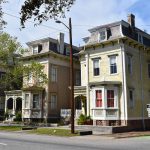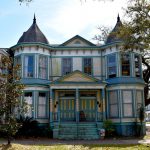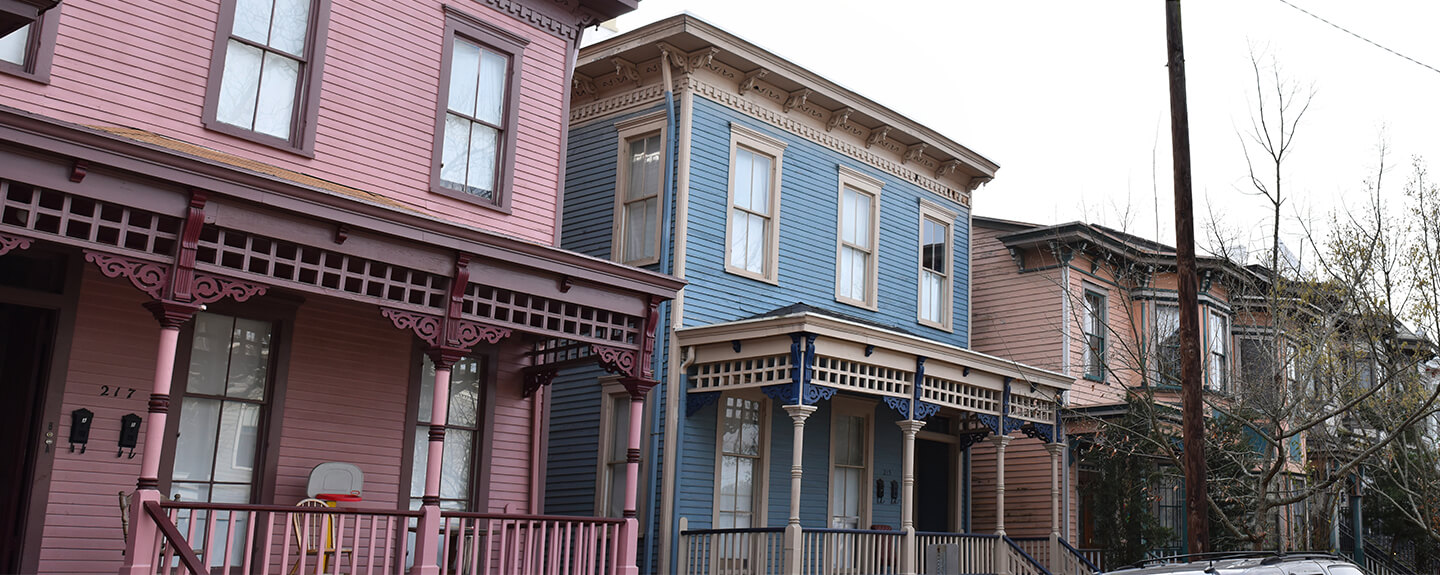
SAVANNAH VICTORIAN DISTRICT
Following the Civil War, crowded living conditions downtown and technological advances such as paved streets, a streetcar system, and electricity promoted the development of suburban residences. When a streetcar system was installed in 1869, real estate developers followed its tracks, building inexpensive wood frame houses in the southern edges of the city. Now called the Victorian District, this area was designated a National Register District in 1974 and is bounded by Gwinnett Street on the north, Anderson Lane on the south, East Broad Street, and Martin Luther King, Jr. Boulevard on the west.
“Revitalization of the Victorian District is underway, due to the interest and investment of residents, local businesses, and Historic Savannah Foundation”
Nineteenth century developers did not continue Oglethorpe’s city plan of squares into the southern reaches of the city. Rather, the streets were arranged on a grid pattern and the squares replaced with a green planting area between the sidewalk and street for a small garden in front of each house. Fire ordinances, which up to this point had prohibited frame buildings in the older sections of the city, did not extend to this area. Consequently, sturdy frame houses with exuberant architectural details were built in large numbers between 1870 and 1910. In the subsequent decades of the early 20th century, the advent of the automobile drew residents from the Victorian District to other suburban areas, leaving it economically depressed and ripe for absentee landlords. Revitalization of the Victorian District is underway, due to the interest and investment of residents, local businesses, and Historic Savannah Foundation.
